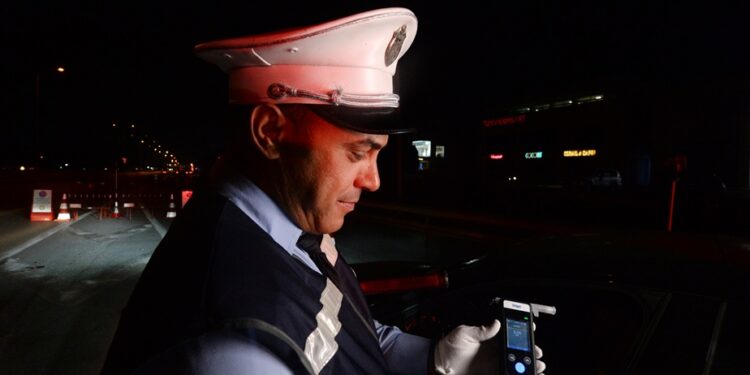In a reinforced effort to combat alcohol -related road accidents, colonel Sami Saoudispokesperson for theNational Road Safety Observatoryannounced yesterday, Wednesday July 17 FM mosaic THE Official deployment of electronic alcohol detection devices across the country.
Smart devices for immediate controls
These new generation bloodbikes, distributed this week to several specialized brigades, offer a Quick and precise measurement of the alcohol level in the expired air. Unlike ancient chemical ethylots – the famous “Balloons” – These devices provide an instant result, allowing agents to intervene immediately and to start legal procedures without delay.
This modernization is part of a voluntarist national strategy Reduction of road accidents, while alcohol while driving remains a major aggravating factor. Colonel Saoudi stressed the importance of respecting the highway code and recalled that Driving under the influence of alcohol is a serious offensewith often dramatic consequences.
What the law says in Tunisia
From 2016Tunisian legislation has lowered the Alcohol level authorized at less than 0.3 g/l of bloodagainst 0.5 g/l before. This hardening aims to strengthen the prevention of risky behavior.
Certain categories of drivers are subject to a zero tolerance ::
- THE young drivers (less than 2 years of license),
- THE heavyweight drivers carrying goods,
- THE Transportation vehicle drivers (bus, minibus, etc.).
A standard glass contains about 10 g pure alcoholor the equivalent of:
- Half a beer (25 cl at 5 °),
- A glass of wine (10 cl at 12 °),
- A small glass of strong alcohol (3 cl at 40 °).
| Drink type | Quantity served | Alcohol content | Estimated pure alcohol |
|---|---|---|---|
| Beer (5 °) | 25 cl (half) | 5 % | ≈ 10 g |
| Wine (12 °) | 10 cl | 12 % | ≈ 10 g |
| Whiskey / Vodka (40 °) | 3 cl | 40 % | ≈ 10 g |
Depending on the weight, sex and state of health, even low consumption may be enough to exceed the legal threshold.








